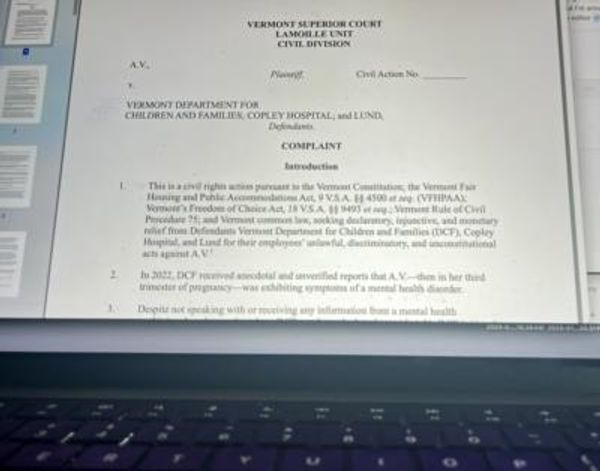Traditional handwoven screw pine mats had recently earned some notoriety following an allegation that a politician used one to ferry unaccounted money concealed within its folds.
The insinuations apart, the customary sleeping mat, called Thazhapayya and known for its healing properties, might soon disappear from store shelves.
Lack of patronage seems to have dealt a death blow to the fine art of screw pine mat weaving. Women form the bulk of the practitioners of the waning art of converting cured pine stems (Pandanus odoratissimuc Linn) to druggets. Valsala Prasad, a trained artisan with Kottapuram Integrated Development Society (KIDS) engaged in making screw pine mats and other value-added products, said she has been working with the society for the last 22 years. Before joining the society, she used to get ₹20-40 for a mat, but now she got an average of ₹300 for a 6.4-foot mat.
It would take one to two days to weave a mat based on one’s expertise. The society provided jobs for the weavers over the entire month helping Valsala and other weavers in Kodungallur earn a living by crafting the mats and other value-added products. Otherwise, she said it would have been difficult for them to stay afloat.
Fr. Paul Thomas, director of KIDS, said, “We could raise only half of their salary through the selling of these products despite the product receiving the Geographical Indication (GI) tag.
The rest of the money for paying their monthly emoluments is sourced from other means. Despite the GI tag, the product lacks enough exposure due to poor marketing.
We have certain limitations for marketing the product pan India. We are now exploring ways to introduce a semi-weaving machine to keep the dying indigenous craft alive.”
The threat of fading away was not the issue of screw pine craft mats alone. Almost all the GI-tagged products of Kerala faced similar challenges, said C.R. Elsy, former head of the Intellectual Property Rights Cell (IPR Cell) of Kerala Agricultural University (KAU).
Even artisans or farmers engaged in the trade or craft, and the majority of consumers did not know the uniqueness of the GI tag. She asked without knowing the uniqueness of a product and how one could sell it effectively.
The majority of the GI-registered products could complete only part-one registration of the product, and part-two registration defining the authorised users was not completed in many cases, said Ms. Elsy, adding that the State needed a strong legal framework to protect its unique products.







